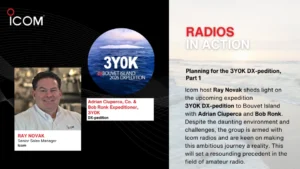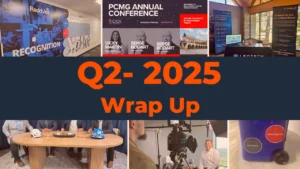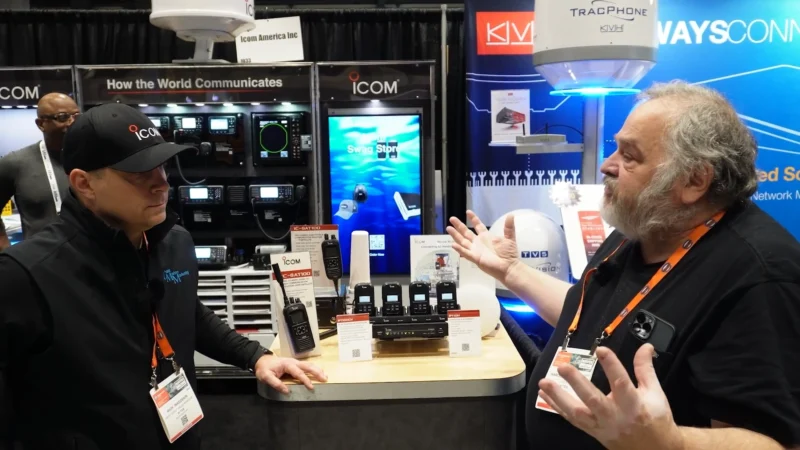Digital Directions: Pardon the Technology Disruption
Doug Bannister, Founder and Chief Technology Officer for Omnivex Corporation, Mensa member, and all-around Renaissance man, knows how fast technology changes. His involvement in the technology industry dates back to 1991. Back then, only those in the know knew what the internet was.
Things have grown leaps and bounds in the 30 years that followed. And, with every technological advancement that’s changed how the world works and operates, there is a major disruption that’s come along to push the technology in a new direction.
“My role at Omnivex is to be the guy looking down the road,” Bannister said. “Where are we going, tracking innovation, tracking disruptions, looking at technologies as they arise – the question that drives me is, ‘What should we be doing today to ensure we are still delivering value to our customers many years from now?’”
With so much change in the technology space over the past 30 years, does Bannister see things slowing down, or will the future contain more rapid advancements? Spoiler alert! It’s more rapid advancements.
“One of the things we have to understand is the concept of exponential growth,” Bannister said. “It’s counter to a lot of our natural thoughts, but exponential growth is a continual accelerating growth, and so much about what’s going on in the world is driven from that.”
One great example of how rapid growth can occur when technology shifts are the conversation from horse and carriage to the automobile. Bannister cited two photos from an Easter parade in NYC taken 13 years apart. One photo taken in 1900 shows horses and carriages lining the street. A second photo taken in 1913 shows the same street now lined with cars and only one horse and carriage. Fast forward to today, and a little invention called the iPhone debuted in 2007. It completely changed how humans communicate and interact with one another.
So, without the benefit of a crystal ball, how can people keep up with the changes and stay relevant when a job today may not exist 10 years down the road? Bannister said it is through education. People need to be curious and learn about many different technologies, not just one. When education is continual, there is an opportunity to seize on opportunities and take advantage of the next technology disruption.







